Dear Friends
Caryl and I watched an indie movie last week that was filmed on location in Italy. Many scenes were shot in piazzas (plazas), bustling with people. Hundreds of ‘extras’ were captured in the background of the film, simply going about their business. And after seeing multitudes of these folks captured near and far by the cameras, we both noticed that not a single obese person was among them.
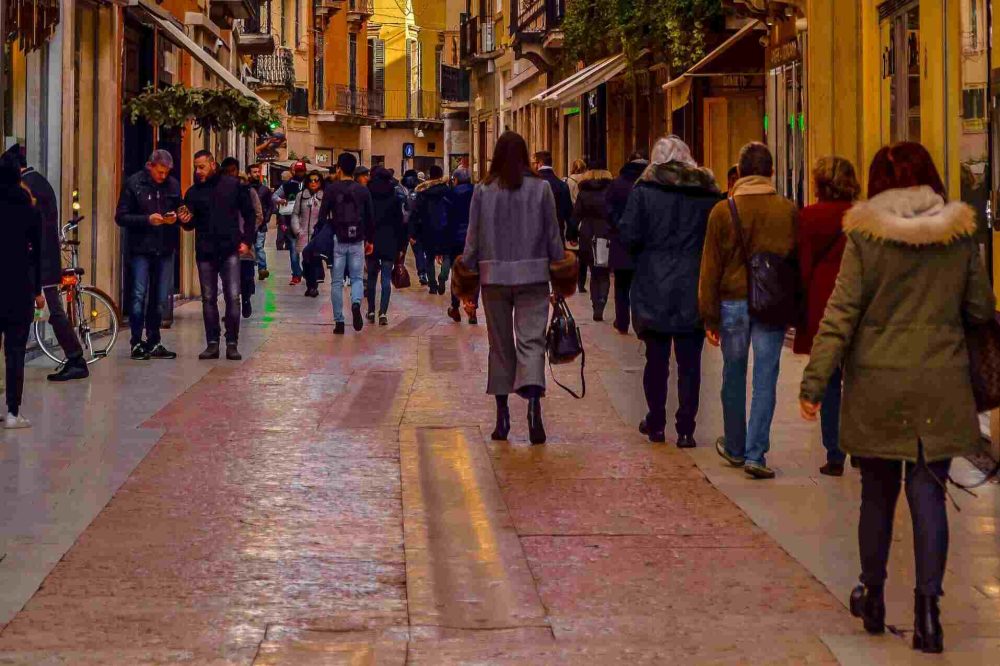
Was there a crew filtering the overweight people out from the thousands in the camera view? Pretty unlikely. I asked daughter Linnaea about it. She and her sister Annie backpacked in Italy for part of last fall, just staying in Airbnbs and hiking around.
“Most of them actually are that healthy-looking,” she said. She went on to say that if there was an overweight person on the highways and byways of Italy, she and Annie found that by listening to their accents as they passed that they were almost always American.
Yesterday, Caryl and I had to pick up some building materials about 3 hours away in Idaho Falls. It’s one of our nearest moderate-sized cities (population 66K), and it struck us just how overweight Americans were. We agreed that it appeared as though it was around 60 percent. And our sample wasn’t pulled from the stereotype of something like Wal-mart. Most of our sampling was in the middle-income store of Home Depot. A quick google search statistics check shows that the number is even higher–about 70% of Americans are overweight).
What is happening? Why are Italians much healthier-looking than Americans? Granted, this is not a scientific and statistically significant study, but I believe it is real, nonetheless.
Linnaea again: “The food really is better. And we saw a lot of people walking or biking to get around.” (Linnaea and Annie, both gluten intolerant and unable to eat bread here in America without getting sick, would happily inhale several loaves of Italian artisan bread per day that they picked up fresh at small bakeries and served with lots of that famous Italian cheese. They did miss our beef, but they felt perfectly fine).
Idaho Falls again: While I’m waiting at a light, three middle-aged and very overweight men coast by on their retro-looking bicycles. First thought of mine was “wow! They are out biking for exercise.” Then, I noticed the grim truth betrayed by the thickened center post under their seat: E-bikes. Sorry, Charlie. No fat burning today!
You all know the story—this is not new information. It’s why you’re on our mailing list. You are looking for a personal solution, and maybe even looking to support a planetary one (we are carbon negative and climate positive). I can’t even begin to tell you how different the food we produce for you is from feedlot beef (97% of American beef). Feedlot beef is not only poor nutrition created by monocultural grain and byproduct diets fed in concrete bunks; confinement beef actually serves up a fairly predictable plate of inflammatory compounds resulting from livestock stress, acidosis and the abscessing from all grain diets, and even toxic chemical by-products found in Dry Distiller’s Grains (most beef cattle are fed DDGs due to their price and availability as a spent product of ethanol production).
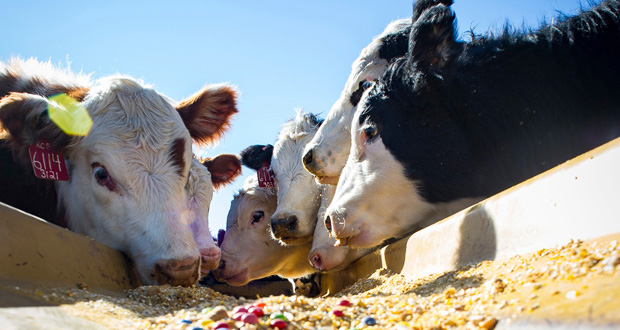
It’s not like I can walk up to someone in the middle of their wellness struggles and bring all this up. It’s complicated. And it isn’t that people are trying to make unhealthy decisions, but that the food options available to the average American are simply that bad. The amount of knowledge and research required to make healthy food choices today is incredible. Who has time for all that? It used to be that you could rely on an apple at the grocery store to live up to that old health mantra—”an apple a day keeps the doctor away.” Now, depending on the apple, you’re likely ingesting a coating of poison and pesticides that will get you to the doctor even faster.
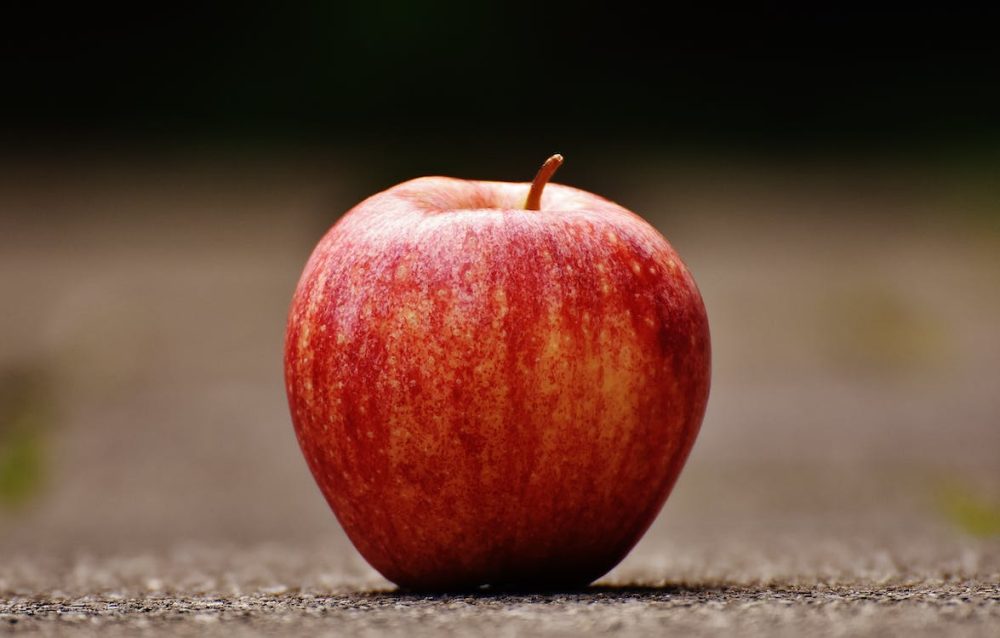
At the same time, what people are willing to spend on food has also changed (in 1960, 18% of the average household income was spent on food, now that number is 11%). Where they eat and how much people cook has changed too (roughly 49% of the average American food budget is spent eating out).
I don’t even know where to begin in all this. I see close friends dying of inflammatory ills, heart disease, diabetes and COPD, and their doctors tell them to drop saturated fats and become vegans.
We’ve lost our way as a culture in America. In just 100 years, we’ve traded holistic health for a country in crisis. It’s all tied together. While sacrificing our own health, we’ve sacrificed the health of our soils, too. Or maybe the soils were the first thing we lost. It only makes sense that dead, nutrient-poor soil grows dead, nutrient-poor food.
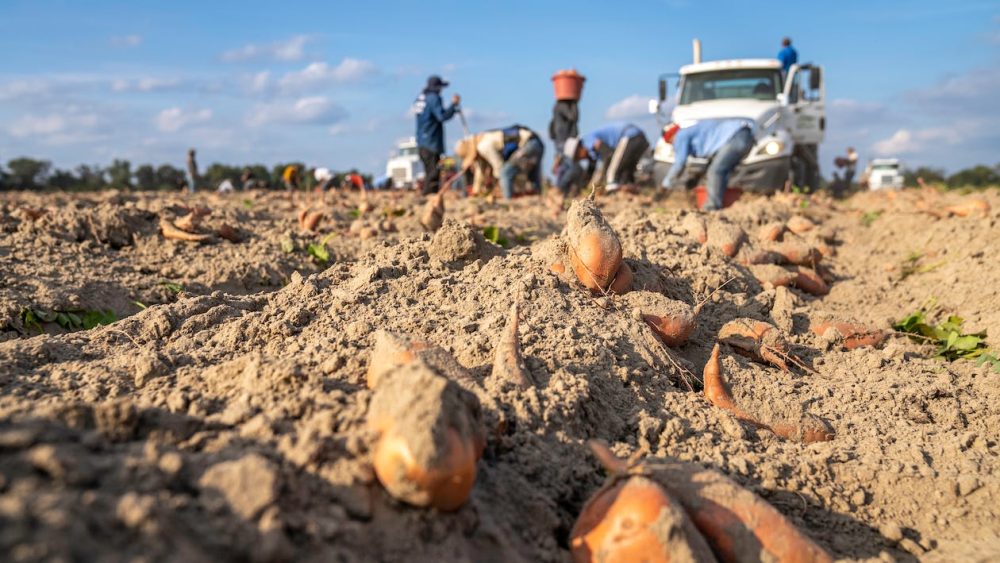
There’s a better way.
The black wave of hundreds of Angus beeves push their way through an occasional curtain of evergreen pine and fir cover in the conifer forest at 8000 feet elevation in the Salmon River Mountains of Idaho. They all have their heads down, contentedly, and even a little excitedly reaching out with their long tongues to graze a great diversity of green grasses and forbs in the bracing air of a high mountain morning. The sunlight from azure skies is just barely high enough to begin laying down a lattice of sunlight dappled on the forest and meadow floor that reflects off velvet of their glossy coats.
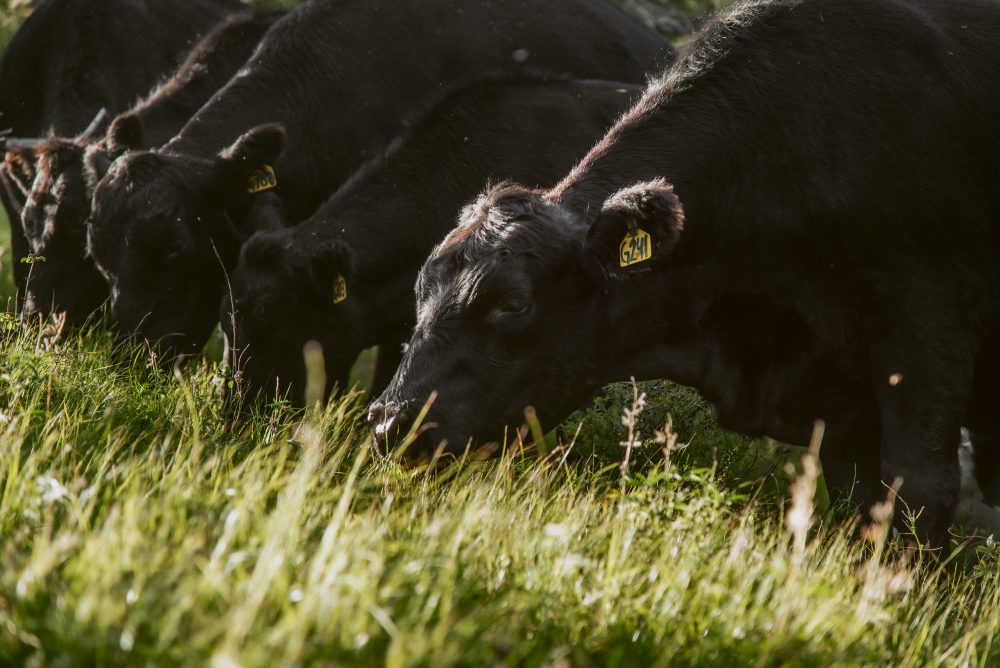
This is a wild and pristine place. There are no sounds except the crew talking as they guide the beeves, or the occasional call of hawk, coyote or wolf—and the grazing noises of cow happily tearing off their portion of green. The horseback cowhand crew practices the ancient art of stockmanship, even wearing and using leather gear that is similar to the equipment used by herders for millennia as they direct the herd to the best grass and meadow.
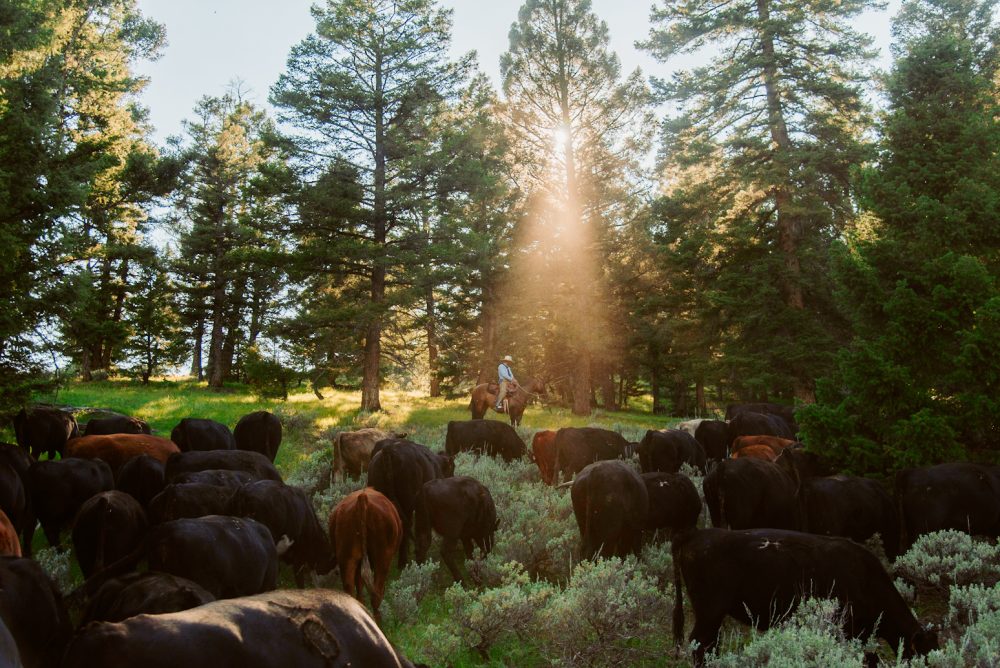
The cowhands (most of whom are my daughters) live with the cattle, sleeping on the ground right next to the bedded herd, keeping them safe from wolves and other predators at night. The water the horses and cattle drink is pristine and crystal clear, pumped up to camp from a nearby creek so a cow footprint never fouls the trout-rich water.
The maxim for the team is to leave no trace. Certainly, the plants get grazed off, and the night bedding grounds get disturbed. But in several years, the plants will be more robust in those areas than ever. Camp locations become invisible in the next season.
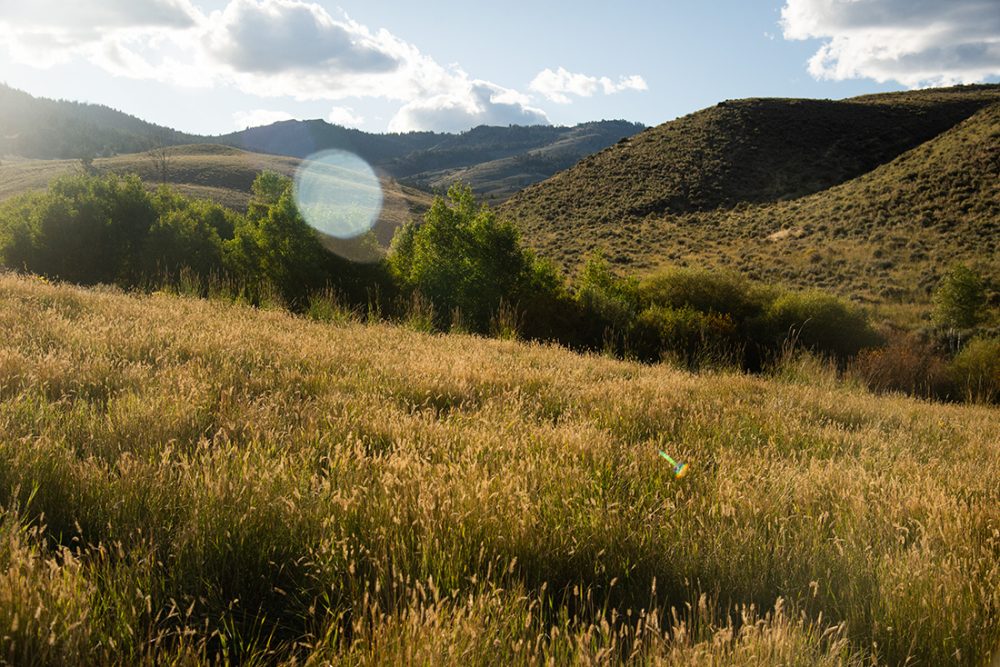
Took this photo a few days ago of one of our cow camp spots from 2019.
This is how we raise our beef every year during the green season. We call it a ‘wild’ protein because, even though the beeves we trail up to the mountains to graze every year are black Angus, they graze 500 to 1000 different native plant species over the summer, just like a wild bison or elk would. That creates a plant compound makeup with literally 1000 different nutritional chemicals in it (independent researcher Dr. Stephan Van Vliet from Utah State tested for this, and that fact is true). In some samples Dr. Van Vliet found more Omega-3 fatty acids than Omega-6s, akin to wild salmon.
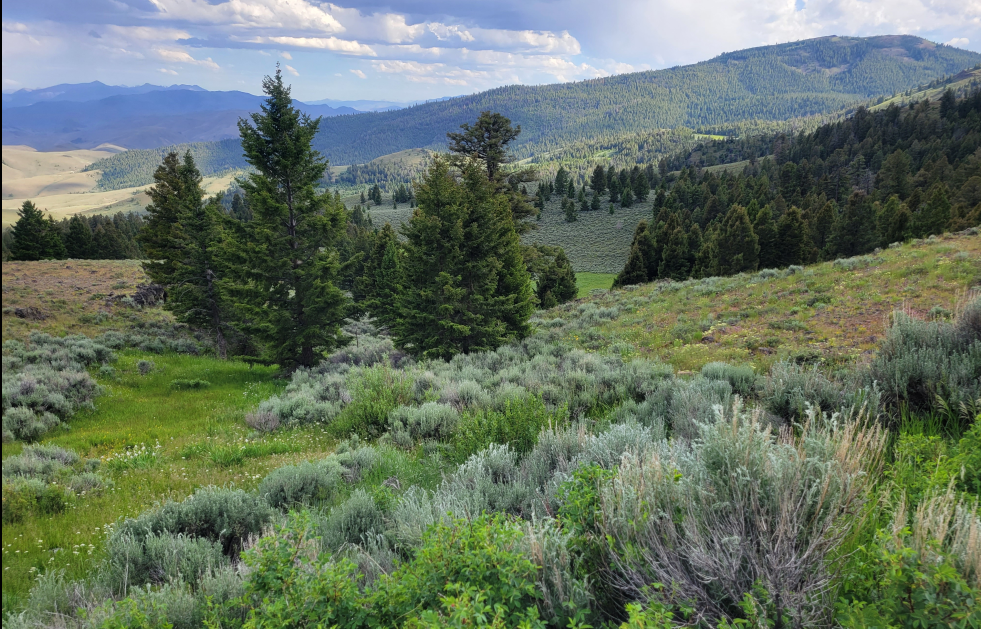
He hadn’t found that to exist in any of his other beef samples. Until now.
It’s real food. It’s food that contains compounds curated by a cow that a vegan will never be able to access. As wild foragers, our cows will accumulate more compounds than a vegan could ever have access to.
My hope is that we can convince more of beef production to head in the same direction. There’s a huge unmanaged resource in the West of wild lands that are currently being poorly used for grazing. With a little tweaking, that could change into something that creates real food while improving the landscape, instead of desertifying it and degrading it—and losing the nutritional advantage gained by calves that are raised up there and end up negating those compounds by being finished to fat in a feedlot on corn.
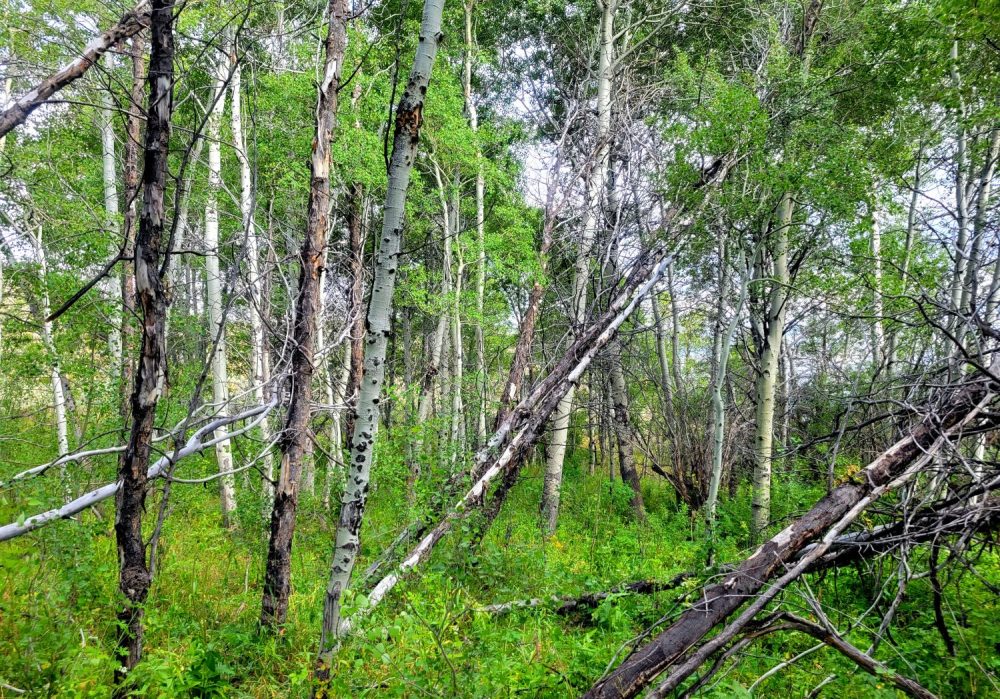
So, despair not, dear reader. We can change the culture of at least the animal protein of our country, but it will probably only happen at the grass roots level, of one eater at a time.
Happy Trails
Glenn

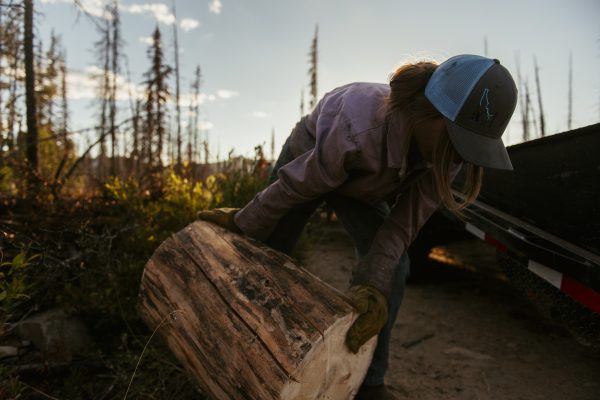

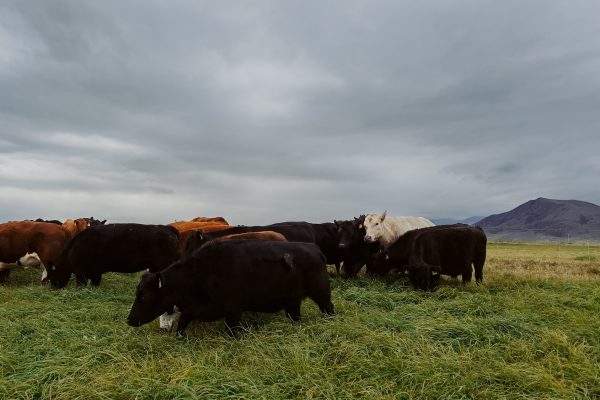
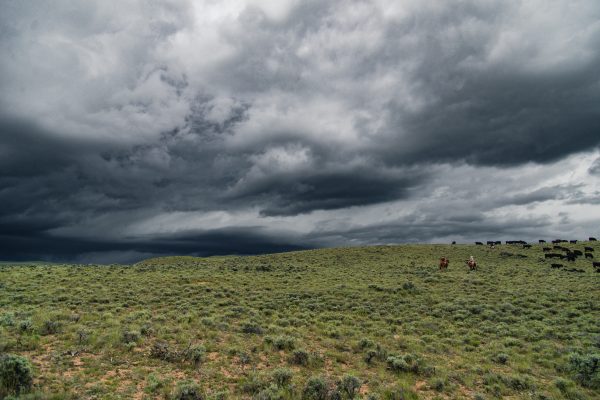


Leo Younger
Thank you all for the info and data. Thanks especially for the context and photos that make it more meaningful. At risk of having my remarks deleted, I’ll recommend a relevant book: The Ancestral Diet Revolution: How Vegetable Oils and Processed Foods Destroy Our Health – and How to Recover! The authors, Chris A. Knobbe, MD, and Suzanne Alexander, M.Ed., provide therein much more info accessible to a non-MD than Dr. Knobbe’s first book.
Alexia
I agree completely that not all beef is the same! I’ve lowered my cholesterol, blood pressure, A1C through a healthy lifestyle that includes proper eating (the kind you describe, time outside in Nature, joyous exercise, and gratitude. It’s that simple.